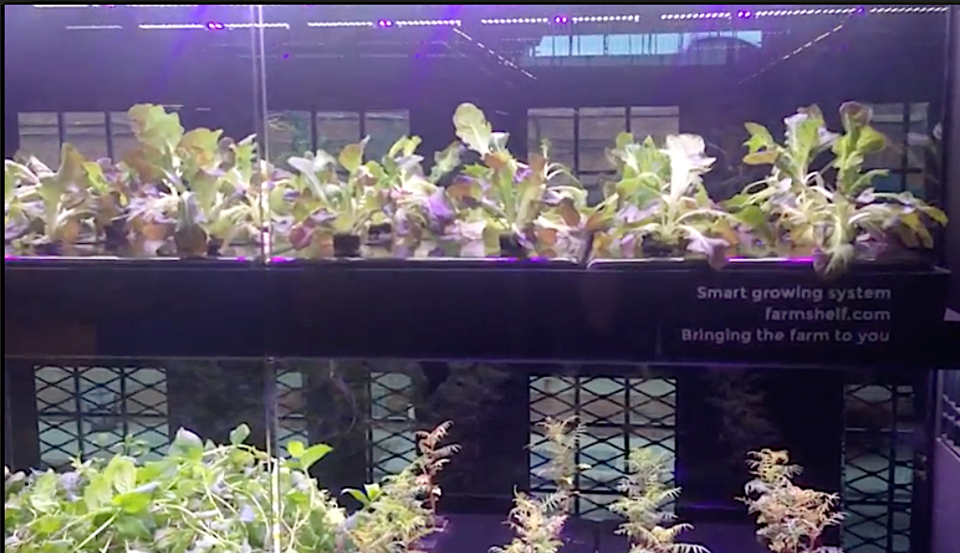By 2050, there will be 9 billion people on Earth. How are we going to feed them? Indoor farming may be a solution.

The inaugural Indoor AgTech Summit 2018 came to the New Lab at the Brooklyn Navy Yard last week to discuss the role that vertical and indoor farming can have in serving urban local and national communities. Hosted by Rethink Events, the team behind the international World Agri-Tech Innovation Series and Future Food-Tech summits, the conference attracted researchers from Cornell University, indoor farm entrepreneurs based in Brooklyn and beyond, as well as investors from around the country. While exploring the commercial strategies, business models and partnerships needed to scale the emerging agriculture tech industry, the conference also showcased the latest innovations in automation, lighting, environmental control and plant science.

The summit kicked off with a welcome address by Brooklyn Borough President Eric Adams. "If we show people how to grow food, we are going to change the conversation," said Adams.
One of the eight panels of the two-day conference focused on indoor and vertical farming as part of local and national food systems and featured pioneers of the hydroponic industry. Viraj Puri, CEO of the Brooklyn-based hydroponic farm Gotham Greens, a farm that grows greens without soil by using mineral nutrient, explained how hydroponic growing can help alleviate issues such as food waste and enhance food quality while making the most of the limited space available in densely-populated urban areas such as NYC.
"Currently, New York City grocery stores import a lot of their vegetables from California which have significantly shorter shelf lives after the long-distance transportation," explained Puri. "Getting rid of the long transportation ways by growing locally increases the shelf life of produce."

Ever since the establishment of Gotham Greens, Brooklyn has been experiencing a boom of indoor agriculture operations which sprouted indoor farms such as Edenworks, Farmshelf, Square Roots and Teen for Food Justice's hydroponic farms in Bed-Stuy. Emma Cosgrave, staff writer from AgFunder News, highlighted Brooklyn's unique position in a different panel.
"Food from Brooklyn is a brand itself. Independent cheese- and chocolate- making started from Brooklyn," said Cosgrave. "So you can understand that people come here to build a brand or a prototype for themselves. Then, they move to other places where real estate is not so expensive to do business."

Despite Cosgrave's slightly critical outlook, Brooklyn's indoor farming trend will likely continue. Last year, BP Adams unveiled over $7 million in his capital budget investment for Fiscal Year 2018 to expand his "Growing Brooklyn's Future" initiative, which has brought cutting-edge technology to cultivate urban farming education in classrooms across the borough. In October 2017, Councilman Espinal followed with a bill to further support and promote rooftop growing. During their welcome address, Adams and Espinal announced an additional $2 million in capital funding to launch an urban agriculture incubator in Brooklyn.
As Brooklyn continuous to set trends locally and globally, the borough's future looks mighty green.




.png;w=120;h=114;mode=crop)